How to Farm Grains in 6 Simple Steps
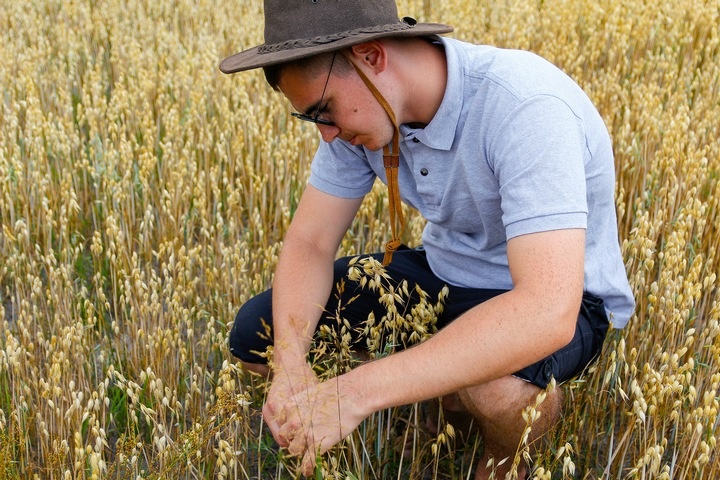
There are a ton of industries in our society that make our world go around. Without them, several sectors may collapse, which can have a hampering effect on said society. It may go over our heads at some point, but farming is one such industry that plays a vital role. From animal to grain farming, all of the work variations are important.
Farming is a much more meticulous process than expected. The process requires lots of time, effort, knowledge, and resources. Farmers will also employ the use several techniques and specialized equipment to reach their goals.
This tutorial will focus specifically on farming grains. Let’s learn about how to farm grains in six simple steps:
1. Understand the farm’s production goals.
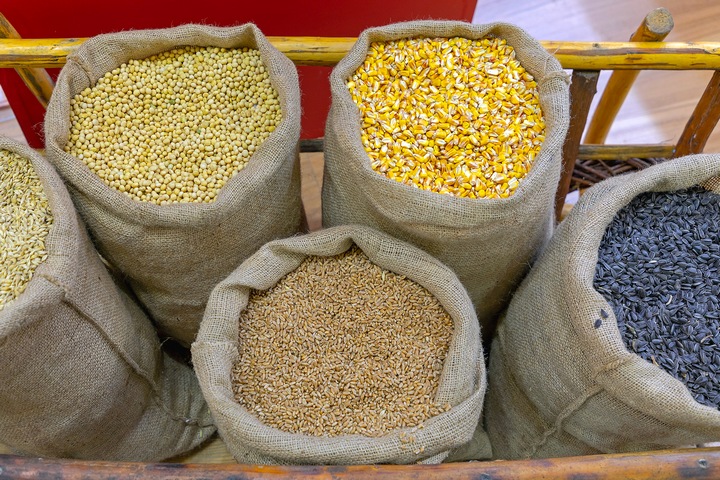
It is important for grain farmers to realize their initial goals. What objective are you trying to meet? Some farmers prioritize quantity and quotas. Others regard the quality of their harvests highly. To ensure the grains are stored in optimal conditions, technology plays an influential role. A grain bin temperature monitoring system ensures that the harvests are stored with the appropriate moisture, temperature, and climate levels.
Depending on your farm’s objectives, you may choose to farm specific types of grains. Not all grains are farmed in the same way. Some are grown for different periods. However, grain production always begins with a plan, which needs to be as detailed as possible.
For instance, wheat, barley, rye and maize are some of the most commonly-grown grains every year. This also means that they can be grown in large amounts if pursued during a specific season. Other grains, such as teff or quinoa, can be more challenging. Farmers will first think realistically and then go from there.
2. Survey the farm land.
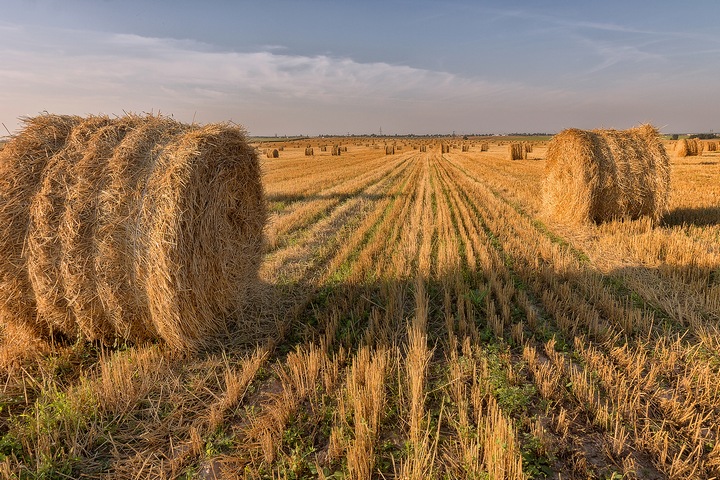
The right area will greatly influence what is grown on a grain farm or a huge farm. Grains specifically need to be grown and harvested in an area with the right conditions. Farmers will usually pick a spot on their land exposed to a lot of sunlight in the beginning.
Sunlight is imperative in the long run, as it allows the grains to be grown in a healthy, viable way. Naturally, sunlight will not be around at all times during the day. In this regard, a grain farmer may use alternative light sources that emit the same types of light. Under the right conditions, grains will not be hampered during growth by external factors.
3. Prepare the farm soil.
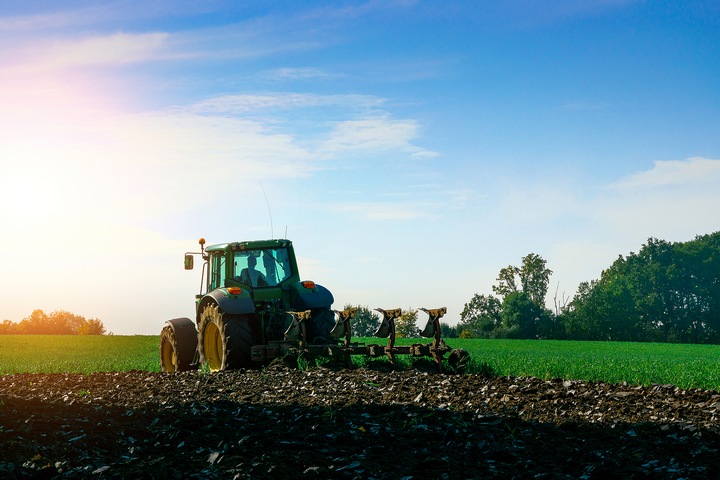
Alongside inspecting the land, the soil will play a large role in determining how well the grains are farmed. Farmers will usually employ a couple of techniques to test if they can be effective for growth. Sometimes, this may involve calling in a professional to see if the chosen area is primed for grain growth.
At other times, farmers will till the soil to prime it for the seeds to be planted. Generally speaking, grain farmers will till the soil about six inches. Compost may also be added if there is a need to facilitate a more efficient means of growth. The soil must be primed and perfected to get the most out of any grains!
4. Finalize the farm soil.
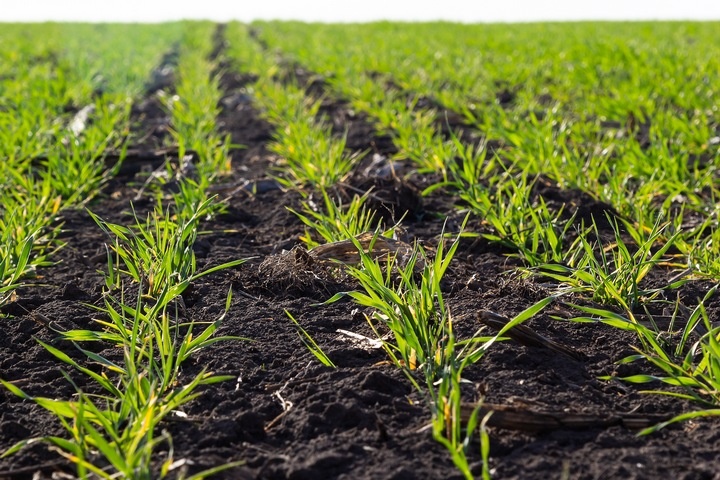
This part of the process will vary from farmer to farmer. However, it remains a vital part of the process, and it allows one’s grains to grow properly. After planting and spreading the respective seeds, a grain farmer will rake them into place. Afterwards, a layer of straw may or may not be added.
Straw is important, especially for growth areas vulnerable to attack from wildlife. Once this is completed, a grain farmer will add the necessary water to the seeds. Grain farming can be an incredibly detailed process, as all the right elements and factors need to be in place.
5. Harvest and thresh the grains.
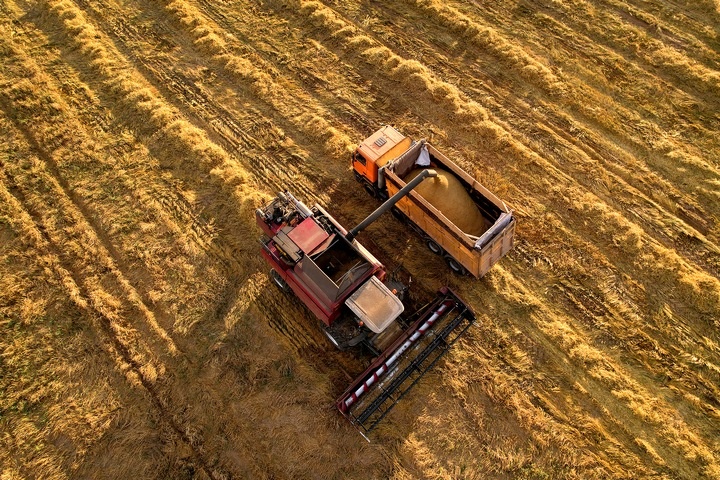
Once enough time elapses, the harvesting process will then begin. Grain farmers will usually employ the used machinery, such as combining, to obtain the grains from the soil. Depending on how wide and large the growth area is, this part of the procedure can extend into the days ahead.
Threshing is one of the most crucial parts of the grain farming process, as it involves many moving parts. The grain is loosened from its casing to make it easier to take out. Threshing can be done either by harvesting machine or by hand; the choice is up to the farmer in question.
6. Store the grains.
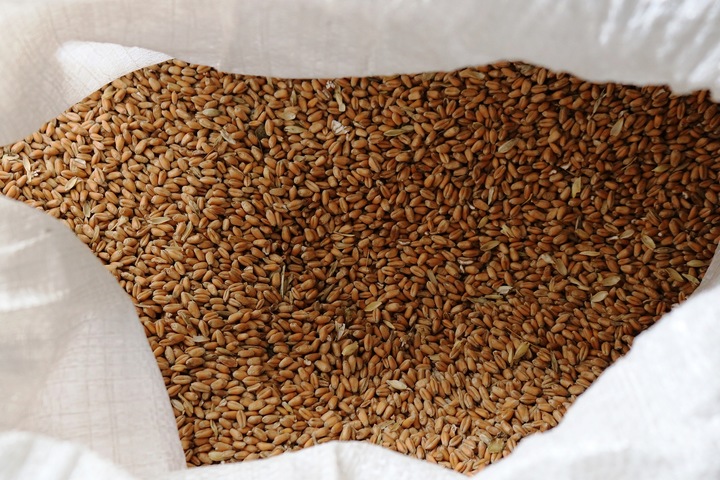
After the long, arduous process has been completed, a grain farmer will then have to store the product. This can be done in several ways, depending on the farmer’s needs for the short and long term.
Grain bins will be used most since they are cost-effective for storing and protecting the product. Whatever the case may be, farmers will always employ caution. The quality of one’s grains will ultimately depend on how they were farmed!



















